We live in an era in which plastic people poppers utterly dominate the pistol market. The time of solid steel handguns like the 1911 and the Beretta 92 seem far away. In some ways, that’s hardly surprising: the big users of handguns are law enforcement agencies, and they’re driven by budget constraints. If something works well for law enforcement, it’s going to end up making a pretty big splash in the retail world, and nowhere is this more apparent than in the case of the 9mm Glock.
The Glock 17 is the ubiquitous law enforcement pistol, which is fine, because it works pretty well. Sure, every time they come out with a minor change, it stops working for six months, which in Glock manufacturing terms, is probably nine billion pistols off the assembly line. Sure, the fact that it has a single manual safety, placed directly in the middle of the “kill” button, is pretty much terrifying. Sure, the 9mm is like the minimum wage of bullets: if you go any smaller, you’re shooting a .380, which doesn’t even hurt if you get hit with it.
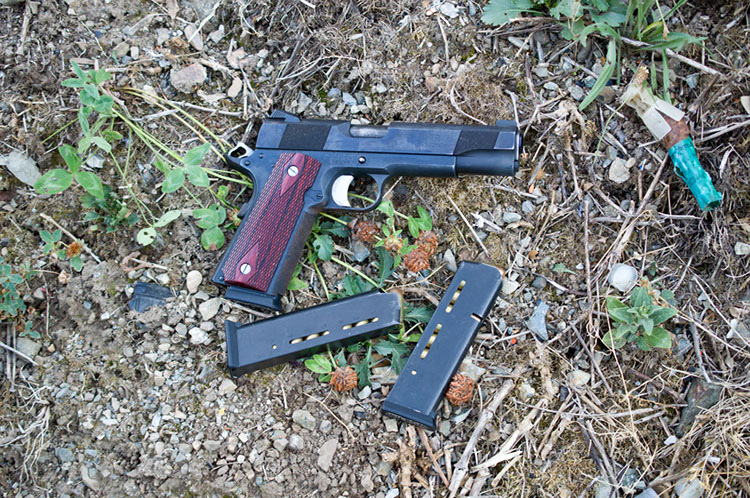
So you got yourself a nice little plastic Europellet launcher, and it works.
And that’s the usual commentary, of course…”because it works”. Well, it’s important that it works, no doubt about that. Of course, isn’t that kind of just the starting point?
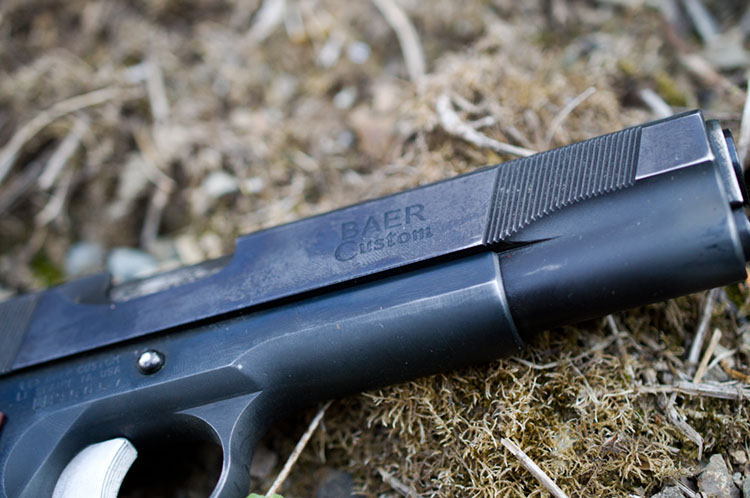
But if someone asked you “who is the greatest musician of all time?” would you name some twenty dollar an hour studio session guy, “because he plays?”
No, you’d name some temperamental genius who was a hundred years old and totally frustrating to deal with on a daily basis, but who somehow still rocked.
Yes, my friends, the 1911.
The 1911 is a work of genius that has to be used to be appreciated. It’s so good that after a hundred years, big name shooting coaches still tell students to stay away from it. Why?
“Because it’s a crutch.”
Yes, the 1911 is literally so easy to shoot accurately that you aren’t supposed to use it.
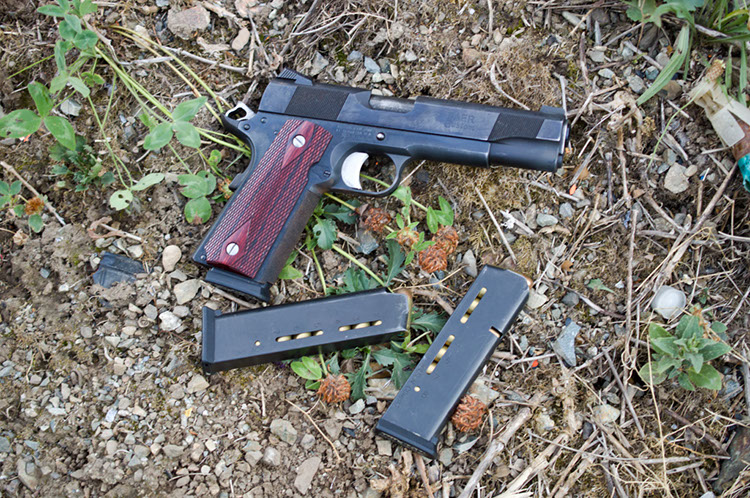
And it’s a comfortable gun to hold. The grip is patterned exactly after the sensation you got from shaking John Wayne’s hand. But again, with minor effort, swapping out the factory grip safety for something with a nice beavertail, and simple filing on the grip, it can be amazing.
And that is the great curse of the 1911: the temptation to tweak it to perfection is always lurking out there, waving a Brownells catalogue and a Dremel tool, saying “you can do it. This barrel is EZ-fit. Just start grinding.”
That siren call doesn’t just tempt the owner, you know. No, many manufacturers have fallen prey to this demon, and that is where the 1911’s sad reputation for unreliability comes from. Well, that and the fact that only one company has the actual blueprints for the gun, and every 1911 that is not a Colt is reverse-engineered from another 1911.
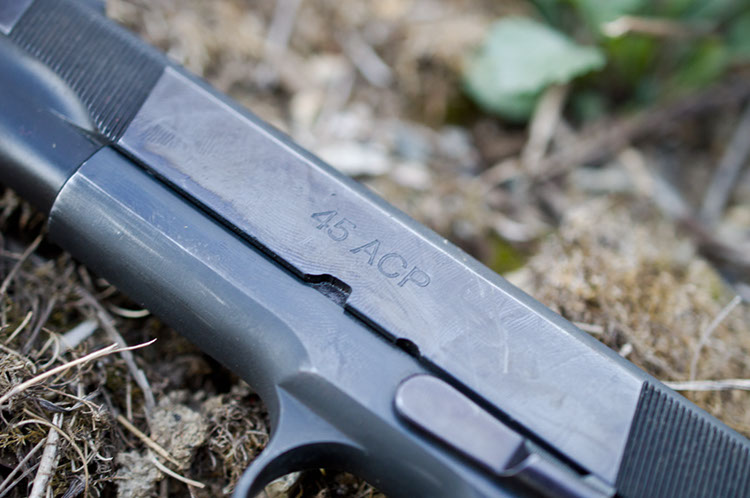
But despite this unholy deck being stacked against the mighty man gun, the fact is that when paired with quality magazines, most 1911s are actually quite reliable. Yes, it’s possible to find examples that won’t run at all, no matter what magazines or ammunition are used. But that is quite rare.
And consider this: the original 1911 magazine was specifically designed for a controlled feed in which the feed lips held each round in tension against the feed ramp, which was cut at a specific angle to interface with the magazine order to regulate the speed of the bullet during feeding. The surface of the feed ramp was a part of the design of the 1911.
Meanwhile, magazines with feed lips engineered on the basis of “this ought to be better” have cropped up everywhere, while everyone from kitchen table gun butchers to entire manufacturers have begun altering both the angle and the surface of the feed ramp, typically making it shallower and mirror-polished.
And yet we expect these guns to run, and not just to run, but to run with rocklike reliability, and target pistol accuracy, for a price no different than what we’d pay for a piece of cast plastic.
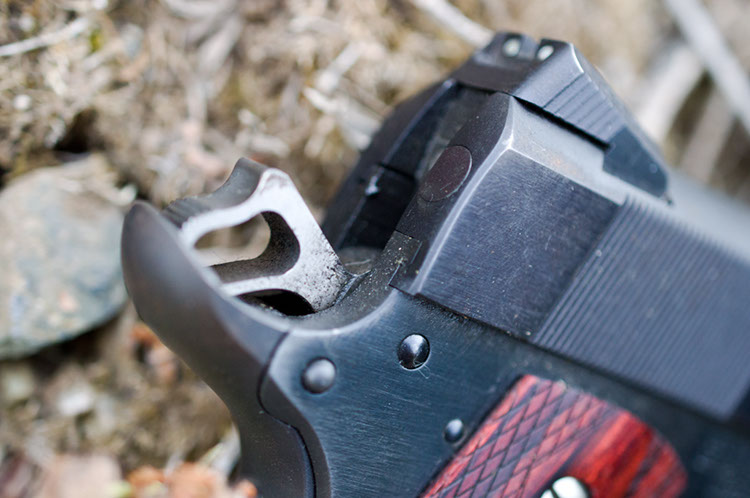
Now let’s get back to the Glock. When the Gen4 Glock was released, even with magazines built to spec by Glock, featuring only parts built by Glock, in factory condition, the vaunted Glock 17 didn’t work very well. Ejection was haphazard and even feeding had taken a hit.
Imagine if, in addition to the minor changes Glock had made, they had also allowed random individuals to alter the shape of the feed ramp, change the magazines, lighten the slide, move the locking lugs, and replace every spring with different versions of unknown strength and quality.
That gun wouldn’t even make it out of the box without a failure. But the 1911 would. We know it would, because it does, in a thousand different iterations. It would work in calibres from the tapered-case 9mm Europellet to the .460 Rowland, and all you’d need to do would be change ten bucks’ worth of springs, the barrel, and a couple of dimensions on the slide.
But what about the horrible internal extractor?
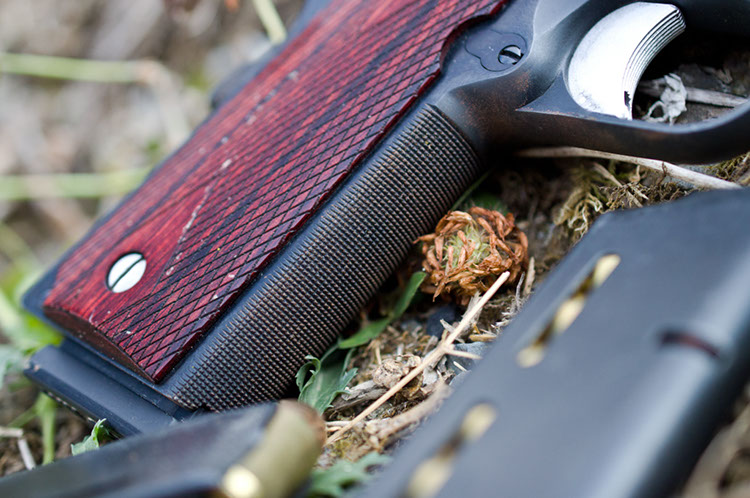
And it’s hardly surprising that the extractor should last so well: it’s a spring, which deflects a very small amount on each cycle. Try to imagine the amount of deformation the tiny springs that power external extractors are subjected to on every cycle, and then compare the cross-section of one of them to the cross-section of a 1911 extractor spring, which is the entire thing. The 1911 is a large spring, operating well within its limits. No wonder they should last forever.
Of course, if the dimensions are wrong, they don’t work. Or if the steel is wrong. But then that goes for any gun part, or any machine part at all, really. Try replacing the leaf springs in a muscle car with a stack of sorta-curved iron bars and see how well you fare. Or the extractor in any ultra-reliable plastic fantastic with a basically-extractor-shaped object. No, it doesn’t work. But you can’t blame the gun for that. Guns don’t kill guns. People do.
So in the end, what have we got? A beautiful piece of history, a work of mechanical art, with a trigger and a general propensity for accuracy that any manufacturer would kill for. Well, except a German one. They really don’t understand what makes a good trigger, which is probably why they lost the war. Not coincidentally, to guys with 1911s.
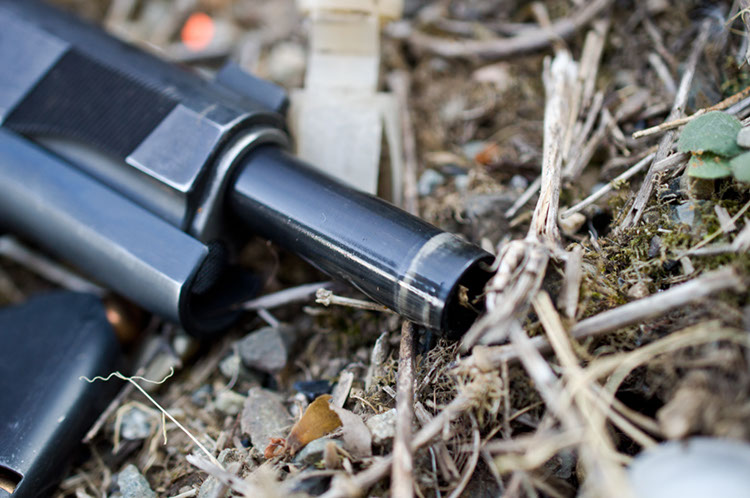
I mean marathon runners don’t all brag about how they’ve run a thousand miles without showering. And if they did, we’d know they were just sad, disturbed individuals, and we’d let them go shoot their plastic guns somewhere we couldn’t smell them.
And we could all get together and have cuban cigars, and high quality whiskey, and shoot our 1911s like civilized people. Sure, it’s expensive. But it’s worth it, because the 1911 is the greatest pistol ever made, and everything else is just a pale imitation.
On the other hand, it’s a hell of a lot of work for eight god damn rounds, and .45 is ridiculously expensive these days. Well, that’s all for now. I’m off to shoot my Glocks.
In the next issue: how not owning a 10mm proves you’re a communist.